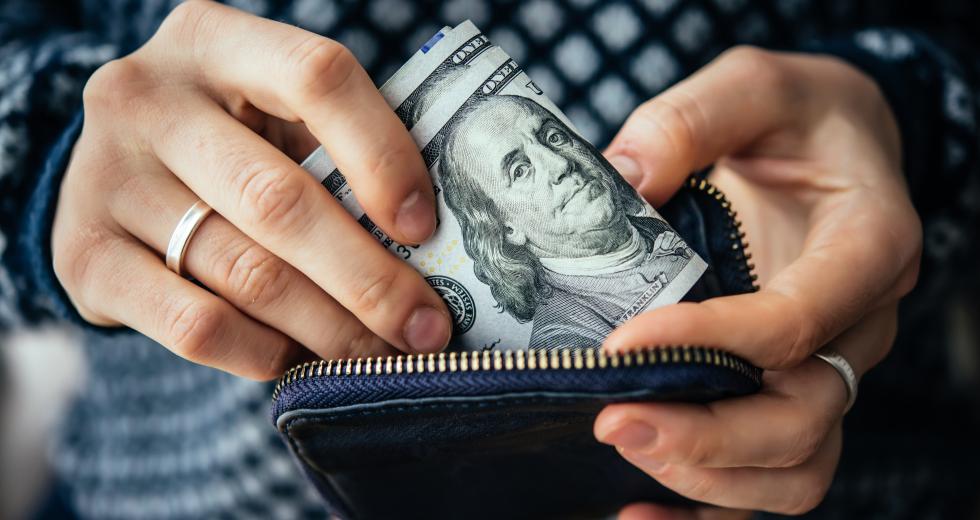After almost a decade, Americans may finally be turning the corner on saving money. More than 30 percent of them say they have enough tucked away to cover six months’ worth of expenses — a seven-year high for this measure of financial calamity preparedness, a financial planning favorite.
Meanwhile, the percentage who concede in an annual survey that they have no savings fell to a six-year low of 24 percent, down from 28 percent last year. “Ever since the recession, we’ve noticed in surveys that people realize how important it is to have emergency savings, but for so many years post-recession they just weren’t making any progress,” says Greg McBride, chief financial analyst at Bankrate.com, which released the survey on Tuesday. Now a broader swath of people are finally making headway, he says.
The poll of 1,003 Americans, conducted by Princeton Survey Research Associates International, showed impressive savings habits among millennials, particularly younger ones, McBride says. Thirty-one percent of Americans age 18-26 have enough saved to cover three to five months’ worth of expenses. (Some, however, are likely living at home or with roommates — or counting their trust funds.)
“Millennials have a savings discipline that the preceding generations lacked,” he says. “They have a greater aversion to debt, they’re not as consumption-focused and they have a greater propensity toward saving than we’ve seen in some time.”
To be fair to their parents, those younger workers also didn’t see savings depleted by long stretches of unemployment, a reality faced by many Americans age 53-62. Within that group, there’s a big divide when it comes to emergency savings. Among such young Boomers, it’s where the greatest share of Americans — 32 percent — say they have nothing set aside, while the same percentage say they have enough to cover at least six months. These folks were hit hard by recent financial downturns, McBride says, likely wiping out any financial cushion. Those who managed to stay employed through those hard times, however, still have a cash hoard in place.
Across the U.S., personal saving as a percentage of disposable personal income tells a more subdued tale. The rate has turned up a bit and is well above its 2007 levels. At the same time, debt on household balance sheets has been building. McBride says that after the recession, many people made solid progress paying down debt or refinancing. Now Americans are putting more money into savings, but they’re also starting to add to their debt burden.
“It’s gone almost full circle,” McBride says. “People started feeling better about their level of debt several years ago, but in the past 12 to 18 months, debt loads started to grow again, and now the comfort level people have with their debt isn’t as strong.”
More highlights from the report:
The percentage of Americans with some savings, but not enough to cover three months’ worth of expenses, rose to 20 percent, up from 18 percent last year. The percentage of Americans with enough to cover expenses for three to five months inched up to 17 percent from 16 percent.
As you’d expect, older boomers, those age 63 and older, are the most likely to have at least six months’ of expenses saved for an emergency, coming in at 44 percent. Seventeen percent of them reported having nothing set aside for an emergency. Meanwhile, almost a third of Generation X — those people between their late 30s and mid-50s — aren’t doing that great.
Some 28 percent say they have some savings, but not enough to pay three months’ of expenses. A look at emergency savings by region shows the Midwest with the highest percentage of Americans saying they have enough to cover six months of bills. Southerners have the least.
Lower- to middle-income households, those making $30,000 to $50,000 a year, are more likely to have an adequate cushion than to have no savings at all. Twenty-four percent of these households had saved enough to cover six months’ of expenses, the survey found. An earlier Bankrate.com survey found that 22 percent of these households were saving more than 10 percent of their annual income.
McBride sees a moral to that story: “Saving boils down to so much more than just income,” he says. “The biggest barrier to saving is not being in the habit of saving.”



